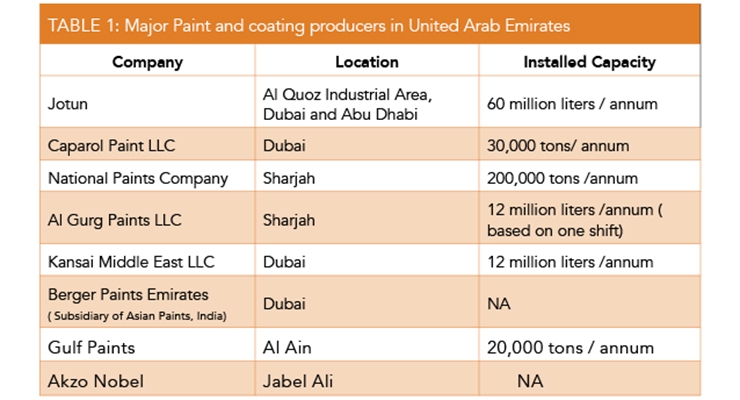Seasonal Considerations For Industrial Outside Painting: What You Need To Know
Seasonal Considerations For Industrial Outside Painting: What You Need To Know
Blog Article
Content Produce By-Leach Celik
When you're preparing an industrial external paint task, seasonal aspects can make or damage your results. http://mhobserver.com/duane-hada-gives-mountain-home-students-a-hands-on-lesson-in-painting-one-of-a-kind-murals/ 'll intend to think about exactly how temperature and humidity effect paint application and drying out times. Selecting the appropriate period can guarantee your paint adheres properly and lasts much longer. But which periods are really the best for this kind of job? Allow's explore the key elements that can impact your task's success.
The Impact of Temperature on Paint Application
When you're planning a commercial outside painting project, the temperature can dramatically influence just how well the paint adheres and dries out.
Preferably, you intend to paint when temperature levels vary between 50 ° F and 85 ° F. If it's also chilly, the paint might not treat appropriately, leading to issues like peeling or fracturing.
On the other hand, if it's also warm, the paint can dry out too promptly, protecting against appropriate attachment and causing an irregular finish.
You should likewise consider the time of day; morning or late afternoon uses cooler temperatures, which can be a lot more positive.
Always check the maker's recommendations for the specific paint you're utilizing, as they often provide support on the ideal temperature level variety for optimal outcomes.
Moisture and Its Effect on Drying Times
Temperature isn't the only ecological aspect that influences your commercial exterior painting job; moisture plays a considerable duty also. High humidity levels can reduce drying times considerably, impacting the total high quality of your paint work.
When the air is filled with dampness, the paint takes longer to heal, which can bring about issues like poor bond and a higher threat of mildew growth. If you're repainting on a particularly humid day, be gotten ready for prolonged wait times between coats.
It's essential to check local weather conditions and strategy as necessary. Ideally, aim for humidity levels between 40% and 70% for optimal drying out.
Keeping these consider mind guarantees your task stays on track and delivers a long lasting surface.
Best Seasons for Commercial Exterior Paint Projects
What's the best time of year for your commercial external painting jobs?
Springtime and early fall are commonly your best choices. Throughout these periods, temperature levels are mild, and humidity degrees are often reduced, creating excellent problems for paint application and drying.
Avoid summer's intense heat, which can create paint to completely dry also swiftly, causing inadequate attachment and coating. In a similar way, winter season's chilly temperature levels can prevent proper drying and treating, risking the durability of your paint work.
Go for painters in minnesota with temperature levels in between 50 ° F and 85 ° F for optimum outcomes. Bear in mind to examine the regional weather report for rainfall, as damp problems can wreck your project.
Preparation around these elements ensures your painting task runs efficiently and lasts longer.
Conclusion
In conclusion, intending your industrial outside paint tasks around seasonal considerations can make a considerable difference in the outcome. By scheduling job throughout the suitable temperature levels and moisture degrees, you'll guarantee better bond and drying times. Remember to watch on regional weather report and choose the correct time of year-- spring and early autumn are your best bets. Taking these actions will help you accomplish a resilient and expert coating that lasts.
